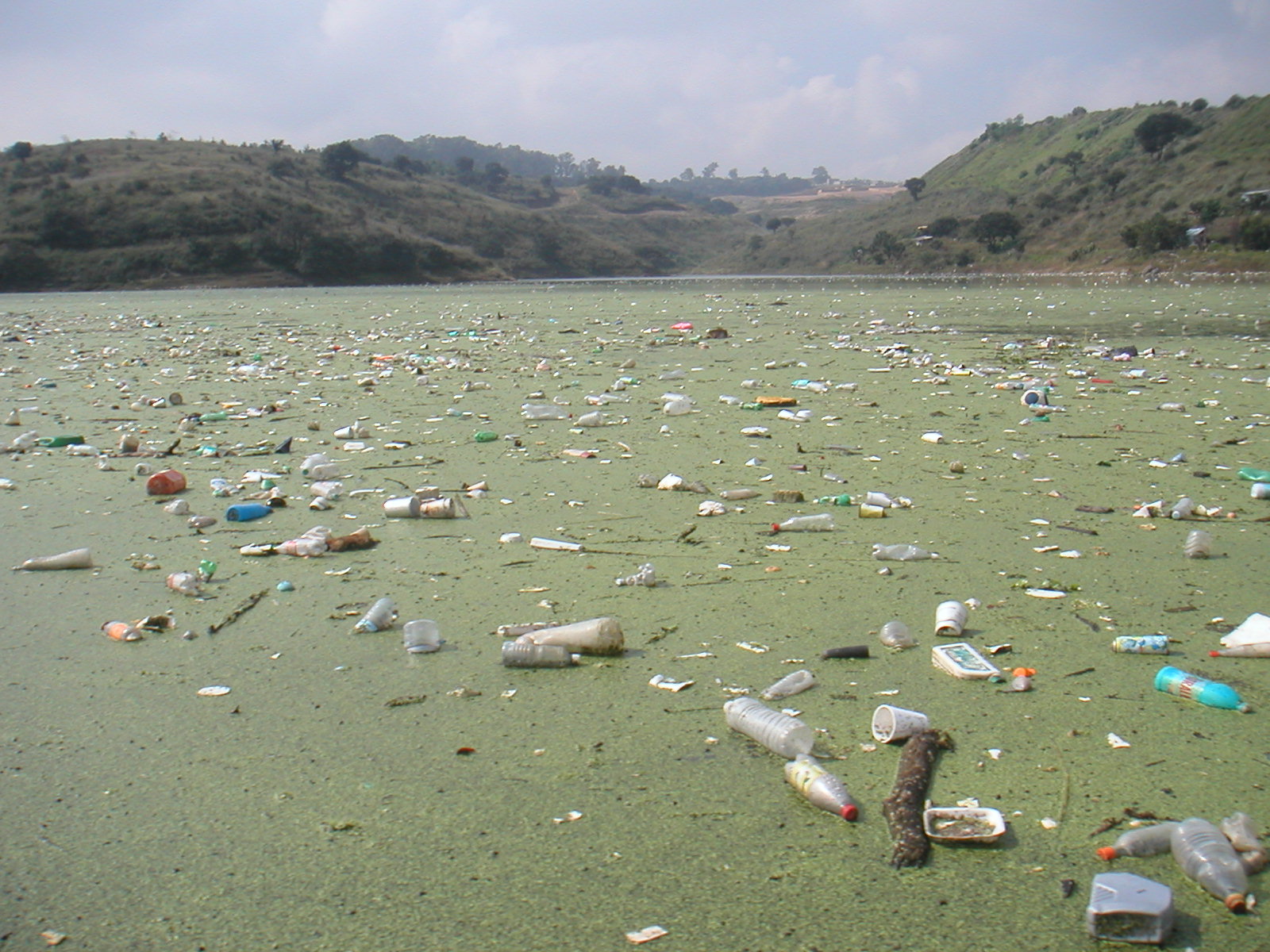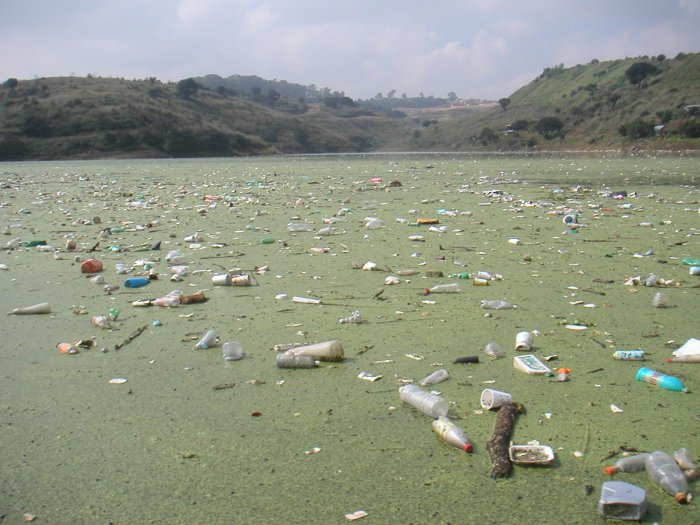Water water everywhere and not a drop is clean


There are alternatives to oil … There’s electricity in solar and wind, and electric cars. We can begin to do workarounds, albeit not rapidly, but over time we can work around and find alternative energy. But there is no alternative to water. It’s either there or it’s not. Edward Burtynsky
Last week, the Environmental Minister Miguel Leornadro Rodríguez and Hidrocapital’s president Ernesto Paiva Salas announced the start of a water rationing scheme, I mean, a special plan for water provision (now, doesn’t that sound much better?) for the Capital Caracas and the Altos Mirandinos region.
The reason given is that we are registering very little rainfall compared to last year. Now, I’m really not an expert, but José María De Viana is, and he talks water with PRODAVINCI. One of the point he raises is that reservoirs are supposed to act as buffers for the water supply, so the service can continue uninterrupted during low rainfall. He says rationing is due, in fact, to the mismanagement and lack of investment in the area.
Roger Martinez has a great document that shows the alarming state of the water supply network of Caracas (check it out if you’re into that sort of thing).The water supply network was designed and built between the 1950’s and 1970’s. Having some upgrades in the 1980’s. The network closely followed the formal urbanization of the city (well duh).
But the self-built housing boom in Caracas’s hillside slums starting int the 1970s put the network under serious strain. The system was designed to supply up to 1.290 msl and anything beyond puts an obvious strain on it. So you have places that can spend up to 60 days without water, that have low water pressure, and sometimes contaminated water gets into the system due to low pressure in the pipes.
Also documented in this report is how the capital’s water network pipes have reached their useful life and need to be replaced. Actually,the whole pipe system had to be changed about 30 years ago. It wasn’t, and that is why you have cuadrillas the capital scrambling about Caracas putting out “fires”. (I had a close friend working in Hidrocapital in charge of a cuadrilla that confirmed this). So with every pipe that bursts, you are loosing water that you should be rationing.
Mix into this cocktail, that 60% of the water consumed is not charged and many homes do not have a water meter (much like the electrical system).
And don’t forget either that many of the reservoirs meant for human consumption are showing signs of pollution. It really doesn’t help that the area right around La Mariposa, one of the main reservoirs, has become a Santería hotspot, with various two-bit shamans performing animal sacrifices and dumping the carcasses into the lake. (Yum!)
When you look at the big picture, you begin to see the real reasons for the water provision plan.
But this is Caracas we’re talking about, the rest of the country has been faring far worse in water supply for a long time.
One example: Margarita Island depends on the mainland for most of its water, having only three small reservoirs in the territory. The lack of maintenance on this system has caused any number headaches for the population (you will rarely find a house in Margarita without a proper water tank). In 2010 there was a major leak in the underwater pipeline, which was leaking a whopping 100 l/sec. Although the Minister Hitcher downplayed it, the technical report estimated that the rupture was probably ongoing for a couple of years. Again, in 2012, another accident wasted millions of liters of water that were entering the Nueva Esparta system.
Another quick example: Táchira has had a rationing scheme since last year.
And it’s no better at the other end of the spectrum. Once the water is used, only 26% is treated, the rest, is discharged into aquatic ecosystems as is, causing a bunch of problems, like eutrophication, water borne diseases and economic losses to the communities.
And since Karma is a bitch, some of that wastewater gets right back into our drinking water via reservoir pollution. Carabobo has been drinking polluted water since 2007, when Hidrocentro began filling the Guataparo reservoir (a reservoir for human consumption) with water from Lago de Valencia, probably Venezuela’s single most polluted water source. La Mariposa even recieves wastewater from a CDI. Yep, medical waste. Water potabilization plants don’t have the capacity to treat this type of contaminants (because that’s is not their purpose).
Some of our three most emblematic (and problematic) bodies of water have been the focus of various sanitation projects. But last time I checked, the Guaire was still polluted, the heavy metal levels of fish from Maracaibo were still insulting and the Valencia lake was still eating everything in it’s path.
So sing with me:
Water, water, every where,
And all the boards did shrink;
Water, water, every where,
And not a drop is clean!
(With apologies to Samuel Taylor Coleridge)
Caracas Chronicles is 100% reader-supported.
We’ve been able to hang on for 22 years in one of the craziest media landscapes in the world. We’ve seen different media outlets in Venezuela (and abroad) closing shop, something we’re looking to avoid at all costs. Your collaboration goes a long way in helping us weather the storm.
Donate





